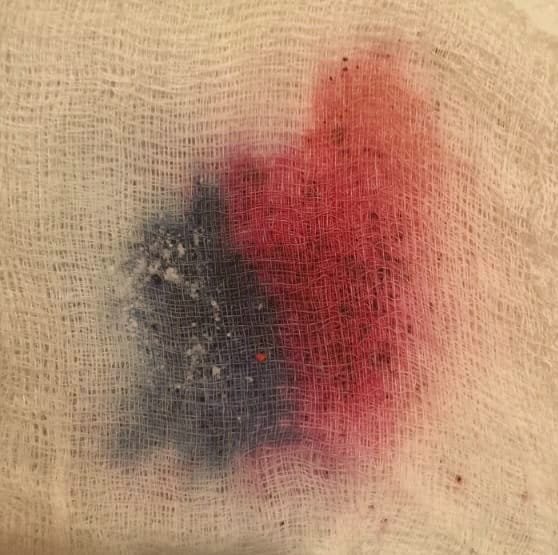Safety Berry
Colorful healthcare
〰️
Colorful healthcare 〰️
Advocating for healthcare and the safety of patients
"Safety berry" is an innovative product that is easy to make, which uses natural raw materials, has a competitive price and addresses a real public health concern-nosocomial infections- that consumes funds and increases medical mortality.
Our product addresses a large number of people in distress, allows early diagnosis of nosocomial infections, reduces hospital stay, as well as reduces patient care expenses, but especially increases the safety of the medical act.
Safety Berry
〰️
Safety Berry 〰️
Areas of Practice
Product
The product is a gauze wound bandage imbued with a fine colored pigment powder that changes color depending on the pH of the environment, individually packaged, sterile, with the markings required by law.
Pigments
Anthocyanins are water-soluble colored pigments belonging to the phenolic group found in fruits and vegetables.
The color of these pigments is influenced by pH.
Cyanidin and delphinidin are the most common anthocyanins. When in an acidic solution (pH≤6), their molecule becomes a cation and absorbs light from the blue-green spectrum appearing red to the human eye. In a neutral environment they appear purple, and in a alkaline environment (pH≥8) they will appear blue.
Advantages
No similar products exist on the market, we don’t have a direct competitor. We are the first to develop a bandage that uses a colorimetric technique to identify the presence of. an infection.
Our values
The team members have taken part in volunteering work during which we came into contact with human suffering that lead to our commitment to reducing it.
We would be delighted if our actions had positive effects on the worldwide community.
Our product is available to all patients that have undergone surgery, regardless of gender, age or social position.
We consider it a social duty to make this product available to all healthcare facilities caring for patients, but especially to those in disadvantaged regions, where resources for treating infections are scarce.




